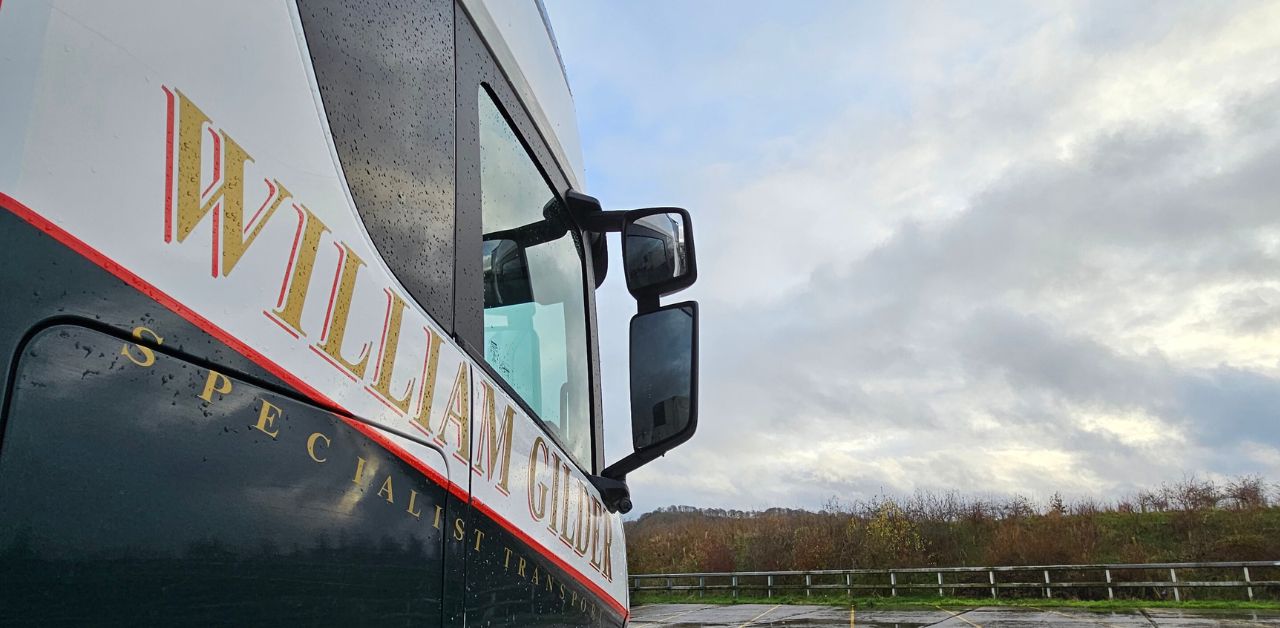The haulage industry has long been one of the industries slated for a perceived lack of environmental kudos. The image of ‘dirty’ lorries clogging up roads and causing tailbacks – and with them, a surge in greenhouse gas emissions – is one that even today, with all commitments from across the sector to operate in an eco-conscious manner, still continues to be in the forefront of people’s minds. But what may not be clear is the work that goes on behind the scenes to address that image problem and the commitment that has already been shown to sustainability.
Let’s take a closer look.
Keeping vehicles moving
As we all know, haulage drivers have a set number of driving hours before they legally have to take a rest. This means that a typical day is dictated by taking the most efficient route between A and B. Yes, there may be a shorter option in terms of literal distance, but it’s not uncommon for fuel to be saved by taking a longer route. Similarly, the alternative route may also present better opportunities for drivers to pull in for their mandatory rest break, be that at service station, or better yet, a designated truckstop. This then reduces the likelihood of the driver becoming over-tired and having to stop in an unsafe location.
By the same process, transport managers can map out the best route that will conserve fuel, reduce wear on the vehicle, and avoid congestion hotspots; all of which can contribute to an overall decrease in pollutants being released into the atmosphere. By taking routes that have the ideal middle ground between getting goods to where they need to be, on time, with as little strain on the vehicle and its driver, haulage can take a leading role in responsible transportation.
Staying ahead of the legislative curve
Haulage firms are continuously having to keep on top of updates to various pieces of legislation, not least when it comes to emissions and environmental impact. In the UK, emissions are governed by Euro 6 standards, which state that vehicle manufacturers are required to equip vehicles and engines with components that comply with specific limits and also take technical measures to limit emissions over the course of a vehicle’s lifecycle. The latest iteration of Euro 6 – Euro 6d – became a requirement for emissions standards in the UK in January 2021, with the next major upgrade to Euro 7 potentially being implemented in 2027 for new heavy duty vehicles, having initially been postponed following opposition from manufacturers and politicians when it was announced in 2022.
Euro 7 will introduce limits on pollutants emitted from brakes and tyres, as well as from the exhaust. On-board systems monitoring real-world emission levels and energy consumption will also be required.
Whether or not Euro 7 does indeed come into force in 2027, the regulations will be the first to cover non-exhaust emissions, taking into account all aspects of a vehicle’s operation. Consequently, haulage firms will need to start planning for a 2027 deadline and liaise closer than ever with manufactures for as smooth a transition as possible.
Utilising monitoring and reporting technology to find sustainability solutions
According to updates to roadworthiness criteria coming into effect from April 2025, there will be an expectation that a laden roller brake test or EBPMS will be the only accepted methods to assess brake performance. In other words, data gathered from ‘real-world’ operation can ascertain whether the vehicle is approaching a stage where maintenance is required and the corrective action to take.
At William Gilder Group, for instance, we have partnered with telematics specialists Axscend to carry out EBPMS across our fleet. The data we are able to gather is key in identifying issues before they escalate. And for the wider haulage industry, drawing on such data makes it possible to correct driving practices that may be ‘unsustainable’ or causing avoidable wear on the vehicle.
Defining sustainability for haulage
Perhaps the greatest challenge for the haulage industry is knowing exactly what is meant by the term ‘sustainability’ and how to adopt processes that have tangible outcomes. Many hauliers are aware of their responsibilities, and want to do their bit in addressing emission levels. The issue is, support in order to do just that is not always forthcoming. Continuing to share knowledge between all stakeholder groups is essential for finding that all-important definition, from which policies can be put in place.




